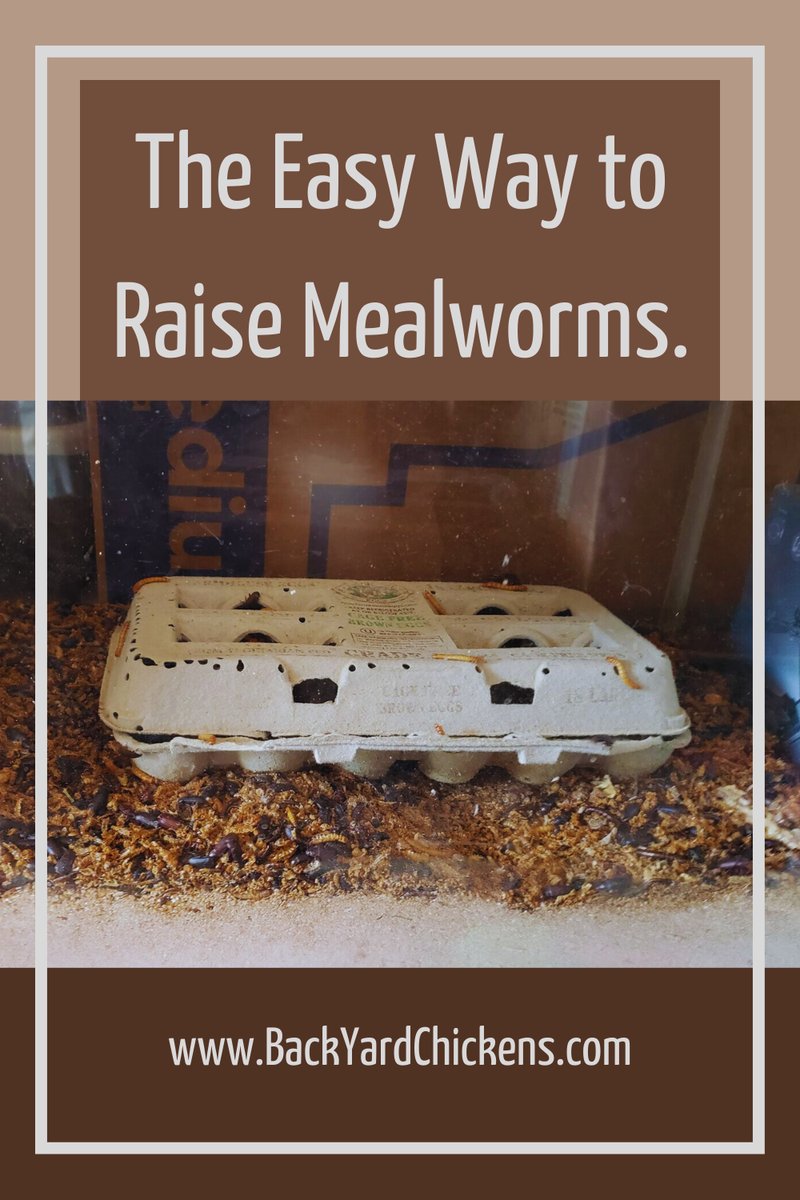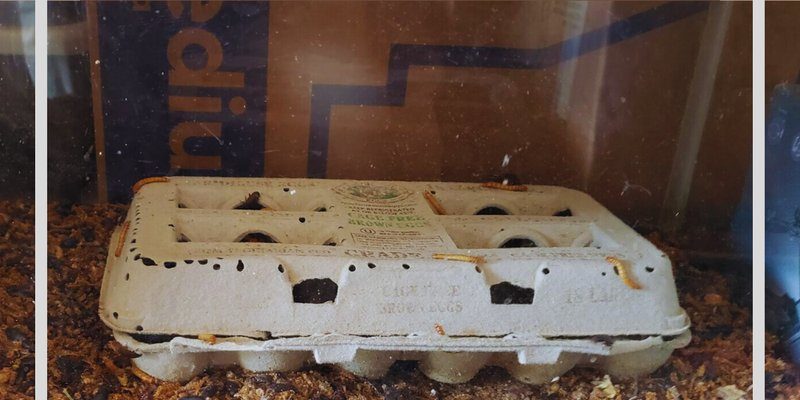
Raising inchworms, often known as **measuring worms**, can be a fun project for kids and adults alike. These little wrigglers are a great way to learn about nature and the life cycle of a butterfly or moth since many inchworms are the larvae of these insects. Plus, they’re relatively low-maintenance, making them a perfect choice for novice insect enthusiasts.
Let’s dive into the fascinating world of inchworm care and discover how to turn those tiny eggs into fully-grown inchworms!
Understanding Inchworms: What Are They?
Inchworms are the larval stage of a variety of moths, particularly those from the **Geometridae** family. They earn their name because of their unique method of movement—measuring their length as they inch forward. Imagine them like tiny, flexible tape measures! Each species of inchworm might have a slightly different appearance and habitat preference, but generally, they share similar care needs.
Typically, inchworm eggs are laid on host plants, which provide food once they hatch. When you’re raising inchworms, it’s essential to understand their natural diet and environment to replicate these conditions at home. You’ll want to create a mini ecosystem that closely resembles their natural habitat.
As they grow, inchworms will go through several stages, known as **instars**. Each instar can look quite different, and it’s exciting to watch them change and grow. This dynamic life cycle is what makes raising inchworms not just educational, but also incredibly engaging.
Gathering Supplies: What You’ll Need
Before you start your inchworm adventure, you’ll need to gather a few supplies. Here’s a handy list to get you started:
- A container: A clear plastic or glass jar with a lid works well. Make sure it’s tall enough for the inchworms to move around comfortably.
- Substrate: Use fresh leaves from their host plant, paper towels, or soil—just ensure it’s not contaminated with chemicals.
- Moisture: A small spray bottle filled with water to keep the environment humid.
- Air holes: If your container doesn’t have ventilation, poke small holes in the lid to allow airflow.
Having the right setup is crucial. Inchworms are sensitive to their environment, and a happy inchworm is a thriving inchworm!
Finding Inchworm Eggs: Where to Look
Now that you have your supplies, it’s time to look for inchworm eggs. Typically, these eggs are found on the underside of leaves or on the stems of their host plants. If you’re not sure where to hunt, here are a few tips:
1. **Know the host plants:** Some common host plants for inchworms include oaks, willows, and fruit trees. Familiarize yourself with the plants around your area.
2. **Check during the right season:** Inchworms usually lay eggs in late spring to early summer. This timing varies slightly by location, so keep an eye out when the weather warms up.
3. **Be gentle:** When you find the eggs, gently scrape them off the leaf with a small tool or your fingernail. Remember, these tiny eggs are delicate!
Once you’ve collected the eggs, place them in your prepared container, and make sure they have a soft environment to hatch in.
Hatching: Nurturing Baby Inchworms
After a few days to a week, depending on conditions, your inchworm eggs should start to hatch. When they do, it’s like opening a tiny biological surprise! Baby inchworms are incredibly small, often less than half an inch long, and they’ll begin to munch on the leaves you provided.
Here’s how to care for those newborn inchworms:
– **Feeding:** Make sure to provide fresh leaves daily. They’re voracious eaters, so you’ll need to keep an eye on their food supply.
– **Humidity:** Use your spray bottle to lightly mist the container every few days to maintain moisture, but be careful not to soak them. A damp environment is essential, but too much water can cause mold to grow.
– **Space:** As they grow, inchworms will need more room. If you start with a few, consider transferring them to a larger container or separating them to prevent overcrowding.
Watching them grow is rewarding!
The Growth Process: Stages of Life
Inchworms will go through several stages as they grow, each called an instar. With each molt, they’ll shed their skin and become larger and sometimes change color. This transformation can be fascinating to witness!
During this time, you might notice that inchworms can become a bit picky about their diet. As they grow, they may prefer leaves from specific host plants, so be attentive to what they seem to enjoy the most.
Around 3–5 weeks, depending on the species and conditions, they should reach maturity. You might even notice them starting to wander more, looking for a suitable place to form their cocoon. This stage marks a critical turning point in their life cycle.
Transforming into Moths: The Cocoon Stage
Once your inchworms have reached adulthood, it’s time for the big metamorphosis! Inchworms typically spin a silk mat or attach themselves to a twig or leaf to form a cocoon. This transformation is where the magic happens.
Here are some tips to support this stage:
– **Provide a safe space:** Make sure the container has enough space for them to spin a cocoon safely. If you notice a worm preparing to pupate, gently transfer it to a quiet spot in the container.
– **Maintain humidity:** Keep the environment slightly moist but not overly wet. This will help them during the pupation process.
– **Patience is key:** The pupation process can take a few weeks, and during this time, the inchworm will be transforming into a moth. It’s a waiting game but so worth it when you finally see your inchworms emerge!
Enjoying the Adult Moths: What Comes Next
Once your inchworms have emerged as beautiful adult moths, it’s time to decide what to do next. You might just enjoy observing them, or you could release them into your garden to promote biodiversity. Here are some options:
– **Observation:** Set up a small area in your home where you can observe them closely. They’re quite fascinating to watch as they flutter around.
– **Release:** If you choose to let them go, make sure to do it in a safe, suitable environment where they can thrive. Pick a quiet place with plenty of their host plants nearby.
Letting them go can feel like sending a child off into the world, but you can take pride knowing you’ve helped them along their journey.
Common Challenges and Solutions
Raising inchworms can sometimes come with its challenges. Here are a few common problems you might encounter and how to address them:
– **Mold growth:** If you notice mold in the container, it can be a sign of excess moisture. Remove any contaminated leaves and ensure the environment has proper airflow. Lightly mist, but avoid soaking.
– **Insufficient food:** If the inchworms seem lethargic or are not growing, they might not have enough fresh leaves. Make sure to replace their food daily.
– **Overcrowding:** If you started with several inchworms, they may become stressed in a cramped space. Consider transferring them to separate containers to give them room to grow.
With these tips, you’ll be well on your way to successfully raising inchworms from eggs to adults!
Raising inchworms from eggs to adults is more than just a fun project. It’s a journey that offers unique insights into the natural world and the life cycles of insects. Whether you’re nurturing them for educational purposes, observing their growth, or simply enjoying the beauty of nature, you’ll find joy in every stage of their development.
So grab those eggs, set up your container, and embark on this exciting adventure! You might just discover a newfound appreciation for these tiny, inching wonders that make our ecosystems thrive. Happy raising!

